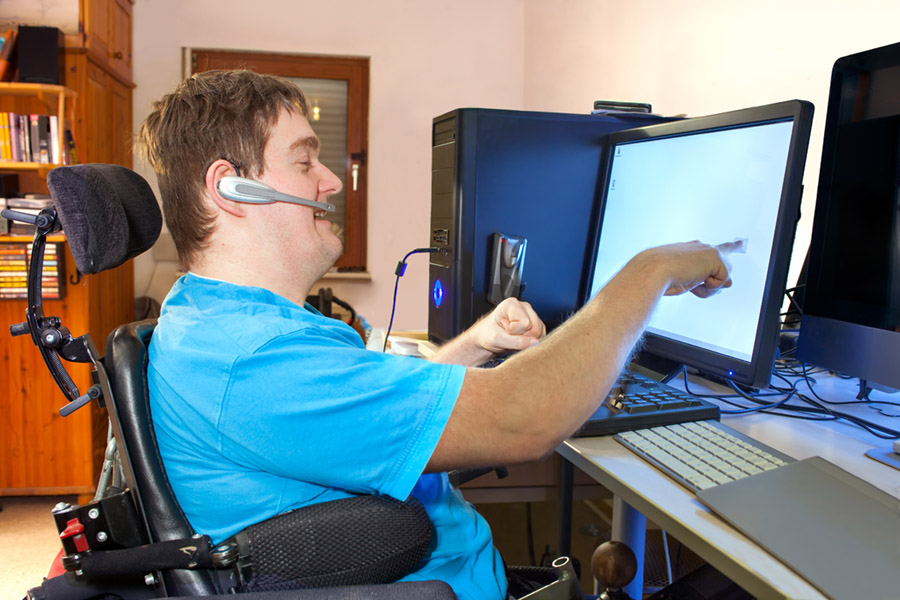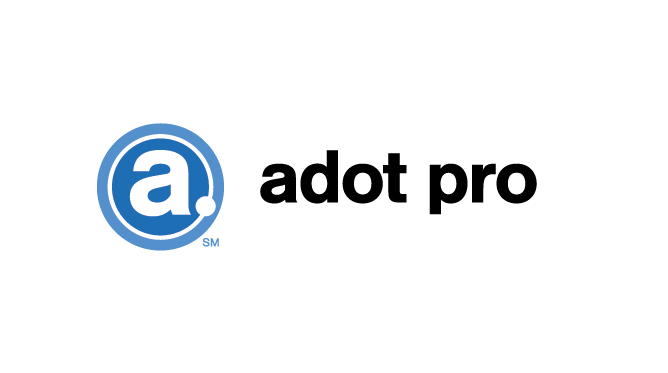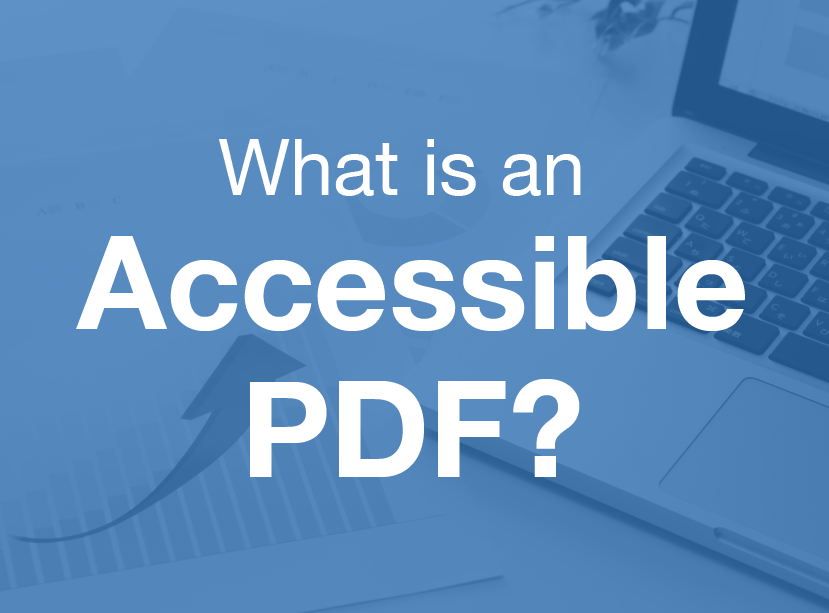The Three Lamest Reasons Websites Leave Out the Disabled (No Pun Intended)
- February 2, 2018
- / Adot Labs
- / learningcenter

Every day the web increases its importance as a resource in our daily lives. From education, job searches, bill pay, healthcare, commerce, to recreation, the internet intertwines with how we live. But for some people, the internet is seen as, yet another blockade in a world that caters to the masses because many websites are still NOT accessible. The reasons why those sites are inaccessible to disabled users vary, but what it boils down to, is that accessibility is not understood by many business owners, causing a barrage of myths to take precedence over doing the right thing. Here are the three most common excuses companies give regarding their website’s failure to comply withAmericans with Disabilities Act (ADA) standards.
1. IT’S EXPENSIVE
The word “expensive” can be very subjective. Here’s a question: would you rather spend between $200-$1500 now to address a usability issue or $10,000 - $100,000 later only to have to address that same issue?
The idea that the process of creating an accessible website is more difficult than creating one that isn’t is simply untrue. In all actuality, building an accessible site can save you money because of the “cleaner,” coding methods can translate to any additional websites or pages your company may need in the future.
Producing anything can be expensive if you don’t consider all potential users. Ever had to add on or renovate your home? This is especially true if you have an extensive website and you didn’t think about accessibility until after the fact. Thankfully, there are low-cost options available for non-accessible websites to become compliant. If you need more information message an Adot Labs agent here.
2. MY WEBSITE WILL BE UGLY
WCAG (web content accessibility guidelines) has dictated specific design standards, like font size recommendations and color contrast, but having an accessible website doesn’t mean that it can’t be visually appealing. The incorrect assumption that your website will be boring and lack visual appeal has its roots based on the methods that designers previously created websites before the days of Flash and JavaScript. Back in the day (around 15 years ago) most web designers opted for text-based layouts, which created simple but limited designs. What this meant was the sites would tend to look rather bland and uninteresting. Thankfully, this is no longer the case. While there are still unattractive websites in cyberspace, accessibility is not the cause. Web design is about more than aesthetics; its primary purpose is to create an engaging design for as many people as possible. For an example of beautiful and accessible design, look at Oasis Hotel’s website.
3. DISABLED PEOPLE DON’T USE MY PRODUCTS/SERVICES
One in five people have a disability, and a substantial portion of the disabled community participates in today’s rapidly evolving, internet-centric society. If your website isn’t built to include the disabled, you are missing out on a substantial consumer base. If your website isn’t accessible because you think a person’s ability limits them from using your goods/service, then you should ask yourself, “am I sure about that?” Do the disabled not have friends or family members who might enjoy your goods/services? Might they have an assistive technology that they can incorporate into your product or service? Can every disability even be seen?
If you have an eCommerce site with this mentality not only are you overlooking a significantly large revenue stream you may be in violation of the American’s with Disabilities Act (ADA), which can end up costing your business more than $10,000 in legal fees alone.
CONCLUSION
The myths surrounding accessibility can be numerous, but to debunk the three most common, remember that web accessibility only becomes expensive when you don’t consider it at the beginning of your project. Web design has advanced so that websites can not only be accessible but beautiful and engaging, and you never know who may be using your product or service or for what purpose, so why not make it fully available to any user.
Web accessibility affords everyone the same access to your products and services—regardless of ability or technology. To understand just how important the Internet can be to disabled users, read this quote from Dr. Zhang Xu, former Orthopedic Surgeon, “To me (a quadriplegic) the Internet occupies the most important part in my life. It is my feet that can take me to any part of the world; it is my hands which help me to accomplish my work; it is my best friend- it gives my life meaning.” *
Don’t be the company that denies any person access to something that could be the most important part of their life. Web accessibility is about more than money, aesthetics, or abiding by ADA laws; it’s about doing the right thing for your fellow man.
*Source: http://www.icdri.org/inspirational/no_disability_in_digitalized_com.htm
 ADA Lawsuits Target Non-Compliant Websites (2:45)
ADA Lawsuits Target Non-Compliant Websites (2:45)
 Winn Dixie Loses ADA Website Lawsuit (3:33)
Winn Dixie Loses ADA Website Lawsuit (3:33)
 How Does it Work?
How Does it Work?
 Adot Labs Introduces Adot Pro as an Affordable and Quick Solution for Web Accessibility
Adot Labs Introduces Adot Pro as an Affordable and Quick Solution for Web Accessibility
 What is an Accessible PDF?
What is an Accessible PDF?
 Adot Pro is featured at the 2017 FRLA Conference in Orlando
Adot Pro is featured at the 2017 FRLA Conference in Orlando
 Adot Labs Partners with the Florida Restaurant and Lodging Association
Adot Labs Partners with the Florida Restaurant and Lodging Association
 Content Developers: You're Forgetting a Key Audience that Matters
Content Developers: You're Forgetting a Key Audience that Matters
 What is Web Accessibility?
What is Web Accessibility?
 Why Your Business Needs an Accessibility Plan
Why Your Business Needs an Accessibility Plan